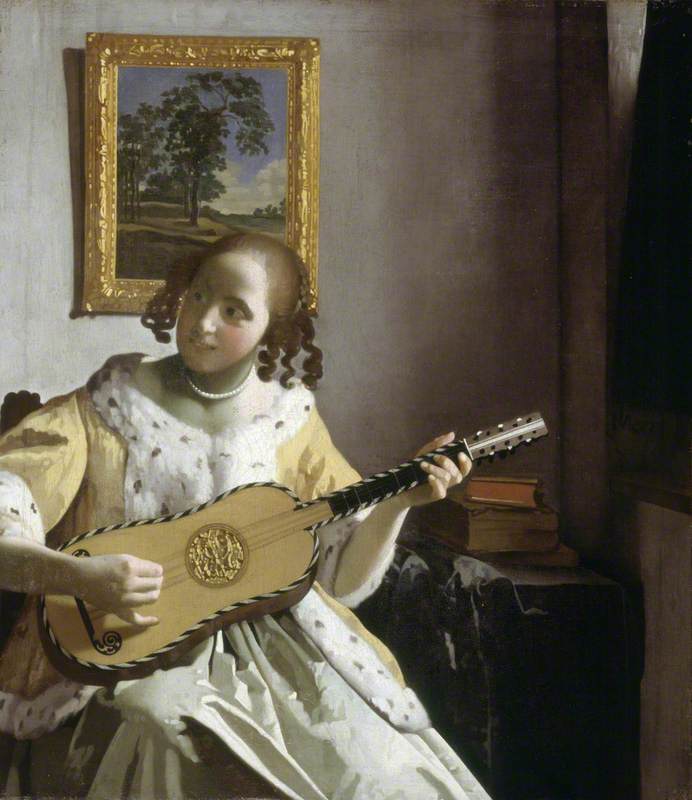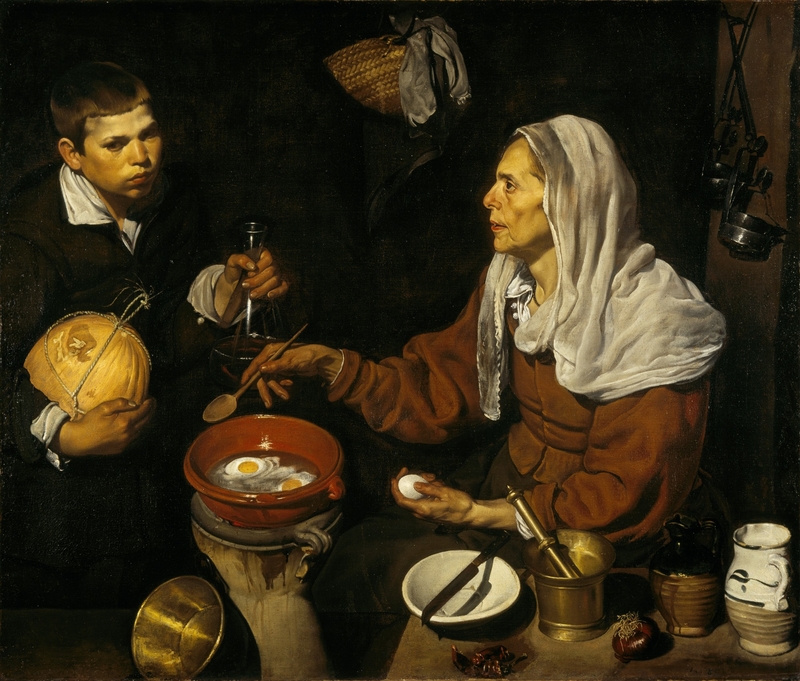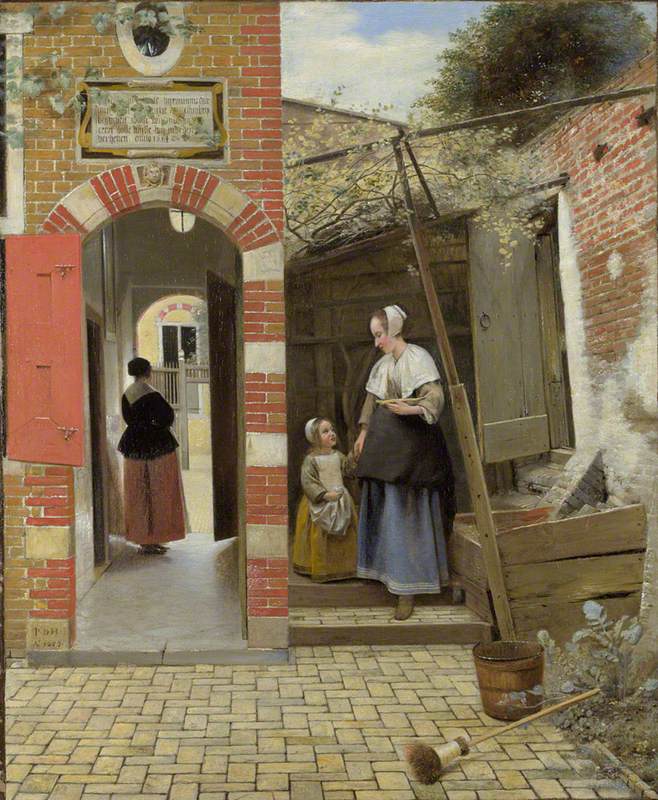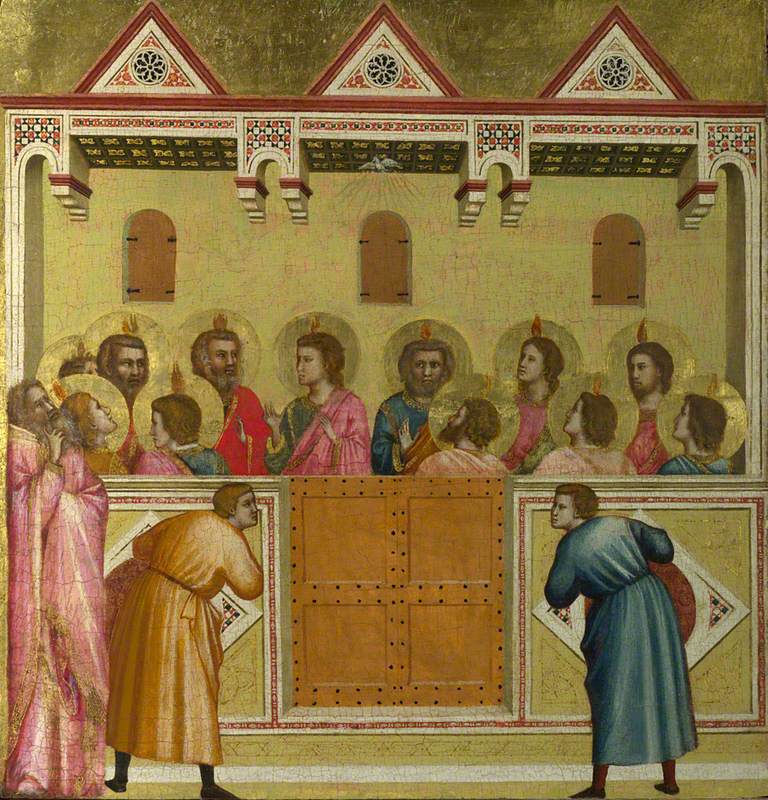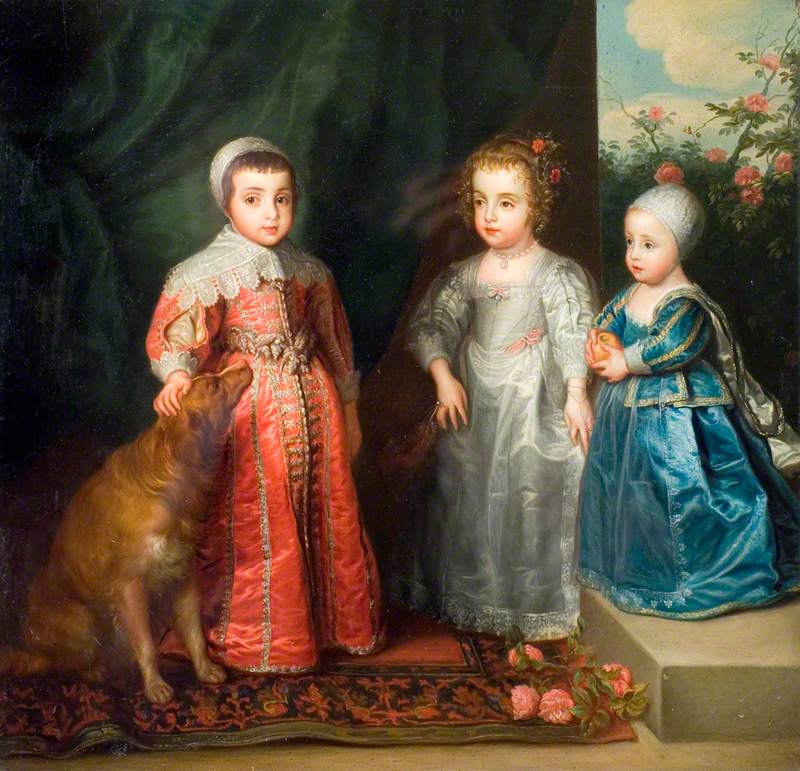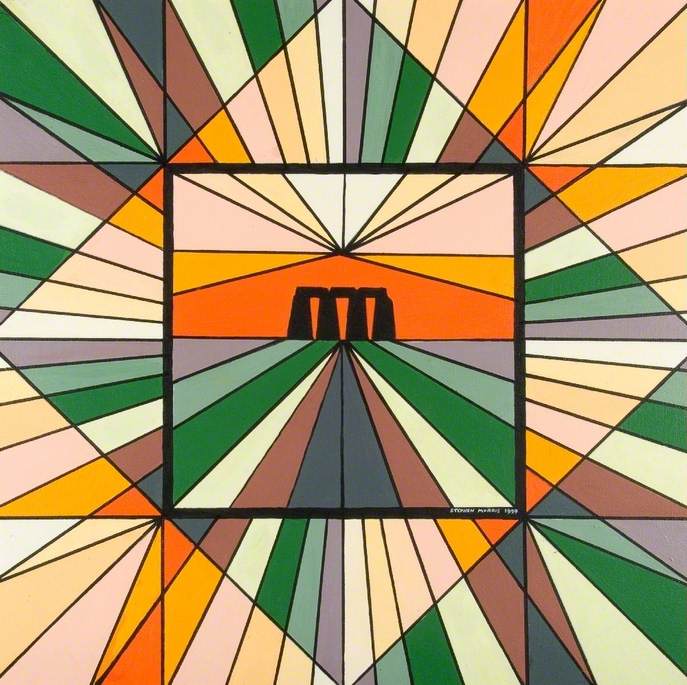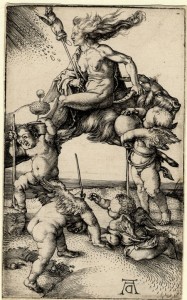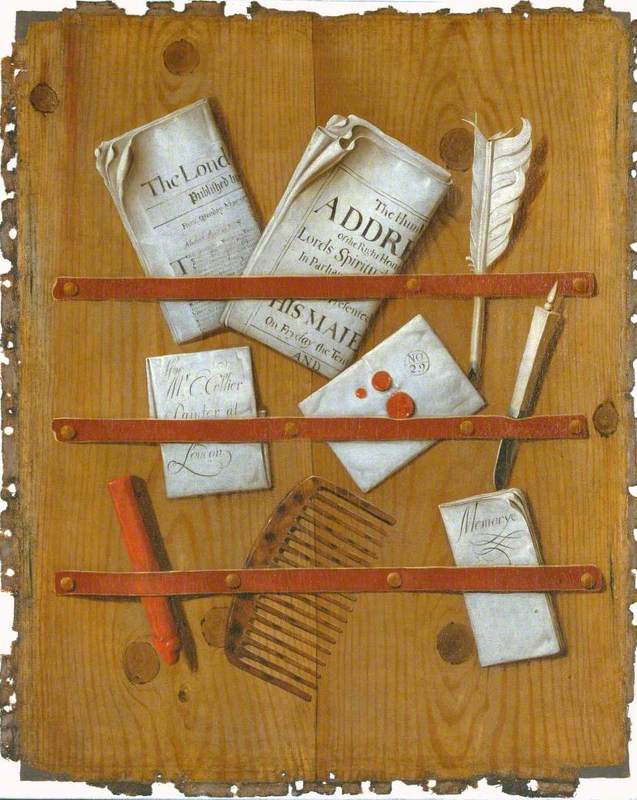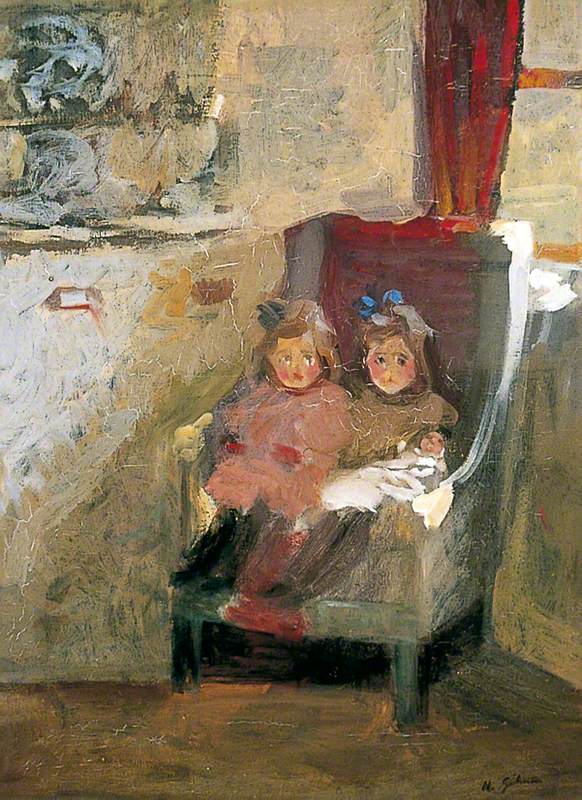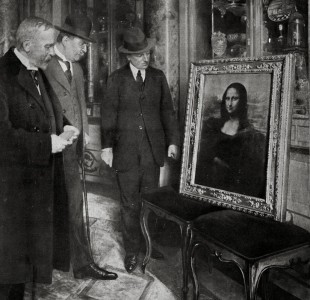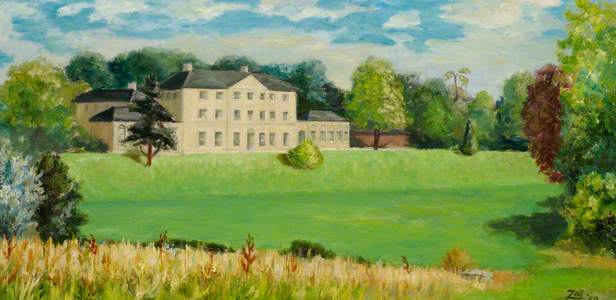Nella Jones, a cleaner in her early forties, was getting through a pile of ironing on a Sunday evening with one eye on the television. A big white house appeared on the screen; there was a news report about an art robbery. Without knowing why, Nella started to tell herself 'they're looking in the wrong place'. Pictures started appearing in her mind – she went into her daughter's room to grab paper and a pencil, and drew a rough map with two crosses.
The big white house on the news was Kenwood, which sits grandly on Hampstead Heath in London. It was 1974, and on a Saturday night in February a museum guard heard a crash: somebody had taken a sledgehammer to the steel-barred window of the museum. By the time the police were notified, the intruder had scaled the wall and disappeared, along with The Guitar Player by Johannes Vermeer: a painting so famous that some speculated the thief may have already had a buyer in mind.
As the American detective, Robert Volpe, put it: 'What's this guy going to do, go up to a dealer and say "Hey, I'm looking to sell my Vermeer"?' Scotland Yard, on the other hand, expected a ransom was going to be demanded.
Nella finished her drawing: she had a clear image in her mind of the back of Kenwood House, with trees and a mesh fence. Yet Nella had never even been to Hampstead. Born in a caravan in Kent to a family of Romany gypsies, Nella had grown up with a feeling that she knew things. Once, a young Nella had explained to a friend she was upset because the nice old lady who lived in a cottage down the road was going to die. A week later, after the lady did in fact die, Nella found none of the other children would talk to her – she was a 'witch', so her friend had been banned from playing with her. Nella soon kept her odd thoughts and feelings to herself.
This time, however, Nella thought 'to hell with it', and called Scotland Yard. They told her to ring police at Hampstead, which she did, and Nella ended up explaining to the police she'd had a vision. Nella told the police that if they walk away from the back of Kenwood, slightly off to the left, and go down a lane by a little pond, they would find something of use.
Minutes later, Hampstead CID called Nella back and arranged to pick her up. Nella and two Detective Constables ended up taking a trip to Kenwood together in the snow. There, the three climbed over a mesh fence Nella had described. They walked on until they found some parts of the broken alarm box from the back of the painting. The police were intrigued: later on, they explained that an earlier search had found the painting's frame exactly where Nella had described on the phone, and even sniffer dogs had not picked up the alarm casing.
Next, Nella led the men to a place: 'black gates... caves under the ground, overgrown shrubbery, dark, quiet' – the unused part of Highgate Cemetery. In the 1970s, that part of the cemetery was in disrepair, and must have been an ominous setting: 'The graves had been ransacked and the bodies desecrated. There were skulls and bones everywhere.' Nella thought the painting was hidden somewhere in the catacombs temporarily, however none of the three were prepared to search all the caves. Nella went home, exhausted, after a long day with no lunch.
Over the next few months, Nella predicted ransom notes that were going to be sent, and the police did receive several messages. The IRA were suspected, as one note demanded two IRA prisoners were moved to an Irish prison from one in Brixton, or else the painting would be burned on St Patrick's Day. Also, a man with a West Indian accent called to demand a large amount of food to be sent to Grenada in the Caribbean, which was reminiscent of a development in the Patricia Hearst kidnapping earlier in the year.
The British authorities said no ransom would be paid, even after a newspaper received a piece of canvas from the back of The Guitar Player. Nella had predicted this too. During this time, the clairvoyant felt like she was being watched, and believed her phone was tapped: the police, having no other explanation for what she knew, probably wanted to know if Nella was actually somehow linked to the crime.
The Guitar Player was later found wrapped in string and newspaper leaning on a gravestone in a graveyard near St Bartholomew's Hospital, after an anonymous tip. It was a bit damp, but generally fine.
Nella was never thanked for her time, and also regrets the police didn't offer to get her coat cleaned after walking around in the bushes in Hampstead and Highgate Cemetery. The case was mainly solved by an informant, but there has never been a satisfactory explanation for why Nella knew what she knew, or confirmation that Nella was right, and the painting was temporarily stored in the underground catacombs at Highgate Cemetery. In any case, the psychic came to be affectionately known as 'witchie-poo' by the police, and she offered them her help over the next 20 years, even giving tips on the Yorkshire Ripper case.
Later on, the IRA's Rose Dugdale took part in a raid on Russborough House in Wicklow, during which the occupants, Sir Alfred Beit and his wife, were bound and gagged. The gang took paintings together worth over £8 million, including Vermeer's Woman Writing a Letter, with her Maid (now housed at the National Gallery of Ireland in Dublin). Is it possible that Dugdale was behind the earlier theft of the Vermeer at Kenwood?
The Guitar Player
c.1672, oil on canvas by Johannes Vermeer (1632–1675), on display in Kenwood House 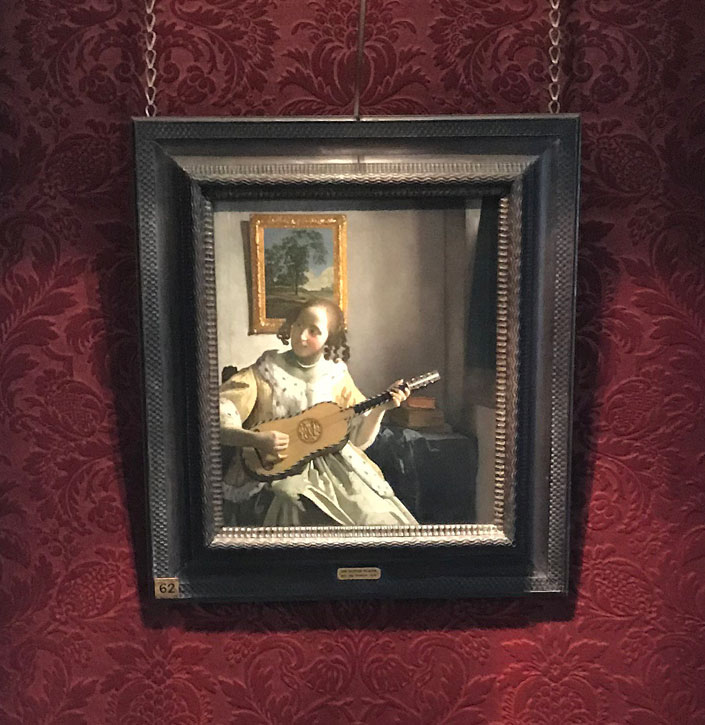
Today The Guitar Player hangs safely at Kenwood House, where she can be admired by visitors. In 2013, Simon Jenkins declared his love for the work in a piece in The Guardian, where he praised the 'oblique and alluring' gaze of the girl, with her elegant fingers and enigmatic expression. It is Jenkins' theory that the sitter is Vermeer's own daughter Elisabeth, as Vermeer was dedicated to his wife and children as well as his art. It understandable that a person could become obsessed with a Vermeer painting, and its subtle, silent atmosphere: Jenkins fantasised that The Guitar Player's abductor was obsessed by her 'but found her too hot to handle'. So was it a crime of passion? In any case, the mystery has never been solved, and nobody has ever been tried for the theft.
Jade King, Head of Editorial at Art UK
Further reading
Nella Jones, A Psychic Eye, Ebury Press, 1992
